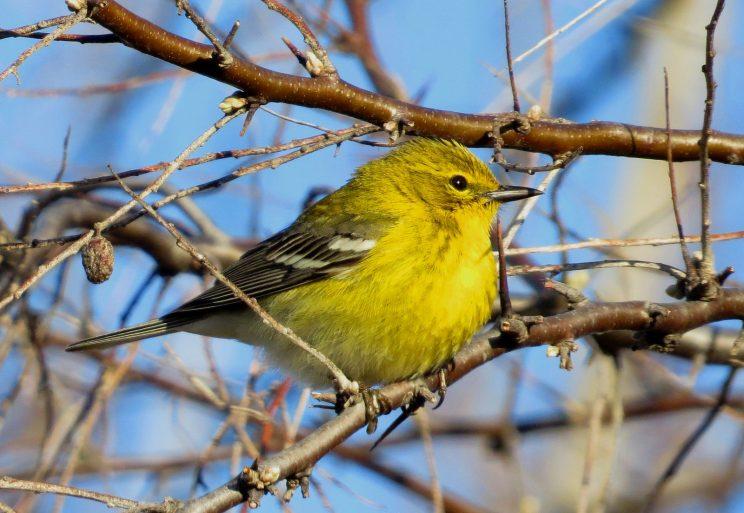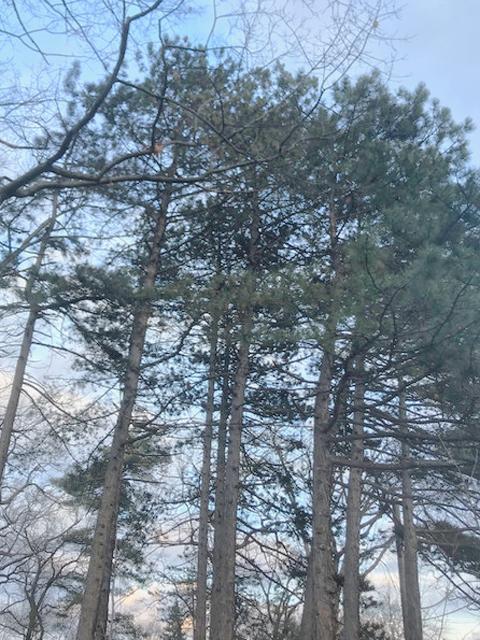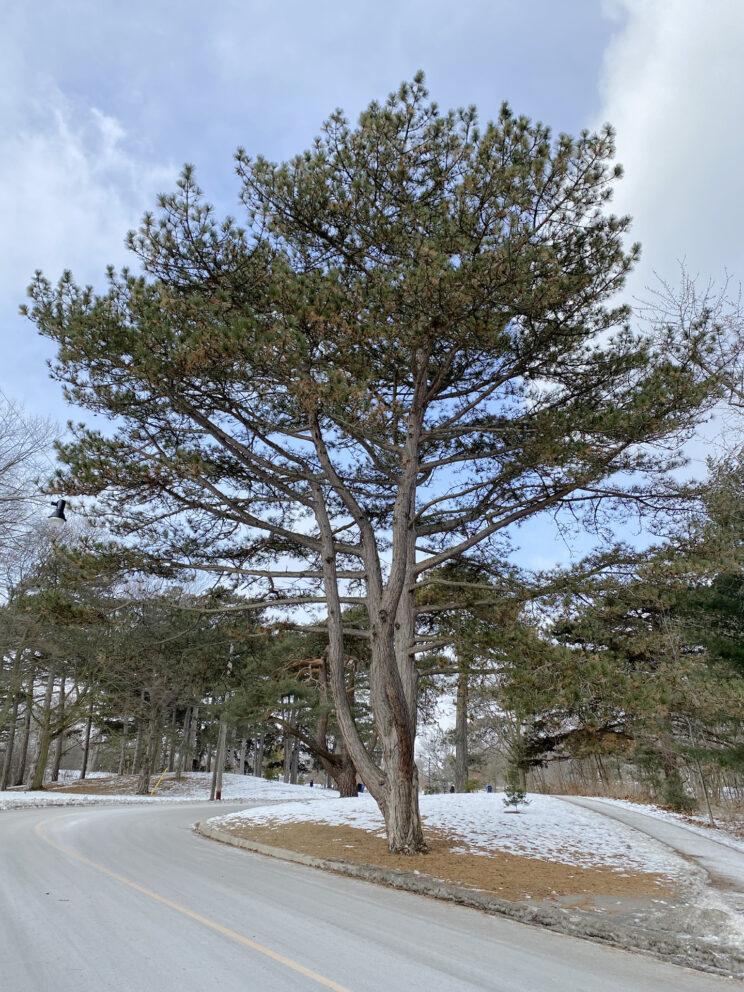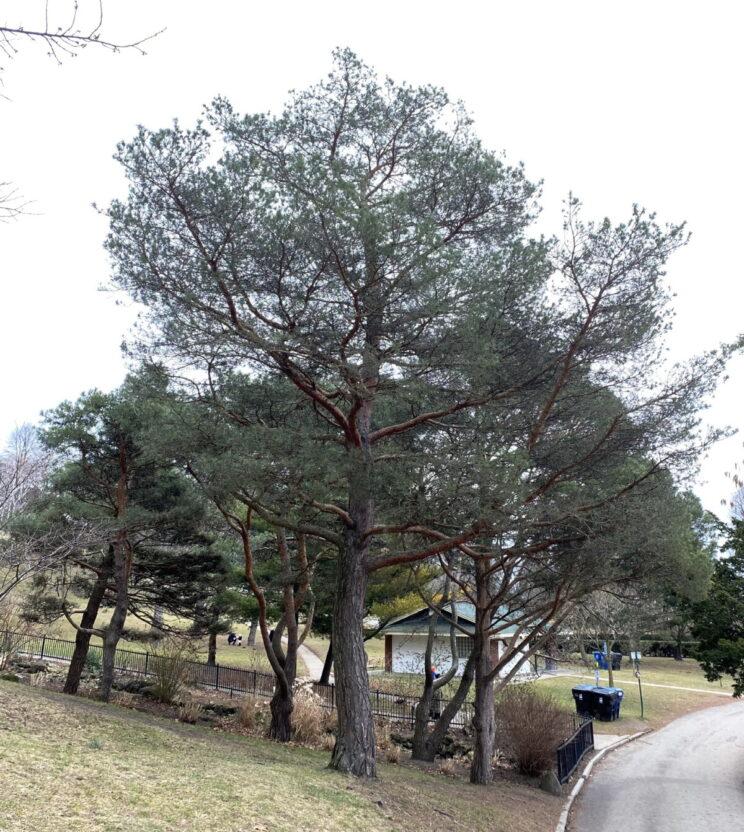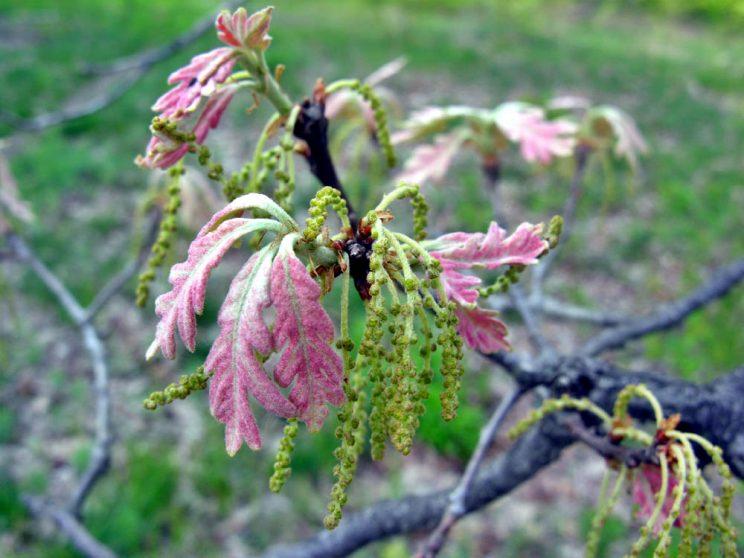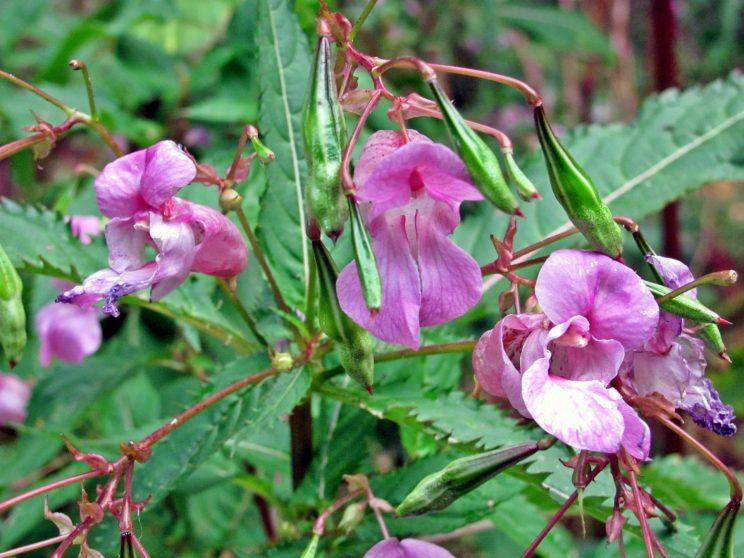by Kathleen Keefe
Four kinds of pines grow in High Park. The white pines and the red pines are the descendants of pines that have been living in this area for thousands of years. Scots and Austrian pines are invited guests brought here in the first part of the 20th century.

White Pine Treasure
By far the most prized of the four pines in our park, the white pine is highly sought after by wildlife and humans alike. At 20 to 40 metres high, white pine is the tallest tree in eastern North America, and yet it is much shorter now than the 70-metre white pines that stood here before European settlement.
Indigenous people had an important relationship with the white pine. It provided resin for sealing canoes, nutrition from the inner bark, medicinal antiseptic, cough suppressant and vitamin C. Needles of the white pine have more vitamin C than lemons or oranges! With tea made from these needles, the Iroquois cured the scurvy-ridden crew of explorer Jacques Cartier in 1536.
In colonial times, the British Royal Navy harvested many of these tall, strong, massive, straight-trunked trees because they made superior masts for ships. White pine is very durable, warp resistant and generally yields knot-free boards. And so it became the preferred building material for wagons, dwellings, barns, corncribs and even school blackboards. In fact, our cities, including Toronto, were constructed from white pine.
In early times, only approved lumbermen were allowed to cut down white pines, and many deeds included a clause preventing landowners from cutting them down on their own property. For generations, more than a third of the Ontario government’s income came from white pine auctions and fees. It was the dominant factor in the growth and development of Ontario for more than a century and so earned the official designation as Ontario’s provincial tree.
White pines are also great providers of food and shelter for many animals and birds. The pine seeds pack a nutritious balance of fats, proteins and carbs that satisfy an appetite quickly. The two little spicy winged seeds are well concealed within the pinecone at the base of each scale. Until the cones open up and spread apart their protective scales in the fall, the seeds remain inaccessible to most animals. Chipmunks, mice, black-capped chickadees, woodpeckers and juncos are able to extract the seeds – that is, if the squirrels leave them some! In any given year, squirrels eat up to 2/3rds of the pine nuts. Birds also probe the pine bark for insects living there, and hungry mice and rabbits chew on the bark in winter.
White pines, dense with branches and foliage, make good nesting sites for robins, blue jays, woodpeckers, common grackles, mourning doves, and cavity nesters like chickadees and nuthatches. In High Park, the tallest white pines are favourite nesting sites and perches for birds of prey. The great horned owls prefer the tops of the tall white pines, possibly because they offer shelter from the cold wind in late winter when the owls lay their eggs. The pine’s thick bushy crown also helps to hide the sleeping owls from mobs of crows and jays that harass them during the day with relentless cawing, chasing and pecking.
A Sense of Belonging
Both red and white pines were once much more common in this area and in High Park. More than 5000 years ago, both species adapted to a warmer savannah landscape that extended eastward from the prairies. Both kinds of pines felt at home here in the poor soil of the well-drained sand plains left by receding glaciers and Lake Iroquois. These native pines are long-time companions of savannah plant communities. While not dependent on fire, both red and white pines are fire adapted and have flourished in environments regularly burned by wildfires. Adaptations such as very thick bark help these pines survive low burning fires that clear out seedlings of competing trees. To ensure the likelihood of wildfires, shed pine needles do their part by forming a thick dry litter layer easily ignited by lightning.
The Same, but Different
Red and white pines may be similar in their age-old affinity for savannah communities, but the two trees are distinctly different. The white pine grows tall and straight with a massive canopy of soft feathery needles stretching out from big strong branches. At regular intervals, the branches emanate from the trunk like spokes of a wagon wheel. Older mature trees may lose limbs on the side facing the wind, but the white pines look fairly symmetrical and uniformly dense with foliage all the way up the tree. The top layers of foliage are added more randomly to create a distinct crown that invites owls and eagles to perch and nest. White pine cones are roughly the shape and size of a banana.
The red pine also grows up straight and tall, but it self-prunes its lower branches over time until a limbless, barely tapered trunk reaches the top branches. Unlike the uniformly bushy white pines, the red pines display their foliage in bristly tufts mostly at branch ends. A sparse oval-shaped crown tops the straight strong reddish-hued trunk. Red pine cones are the shape and size of a small avocado.
Like white pines, red pines also played a part in the building up of Ontario. These long-lived pines were valued for their strength and were commonly used for poles, pilings, log cabins, railway ties, mine timbers and boxboards. The lack of genetic variation in the red pine is evidence that the species experienced a near-extinction sometime in its past.
The Pine Plan for High Park
The other two pines found in High Park, Scots pines and Austrian pines, are imported trees planted here in the first half of the 1900s as part of a park horticulture intensification project. However, by the 1970s the unique ecological significance of High Park’s natural plant communities was becoming more widely appreciated. The province designated certain natural areas in the park as significant Areas of Natural and Scientific Interest (ANSI) and thus began a shift to restore natural areas by protecting and reestablishing native species. Accordingly, Urban Forestry has focused on planting native savannah species like red pines and white pines in High Park, while gradually removing species such as the exotic Scots and Austrian pines that negatively impact the black oak savannah and woodland ecosystems.
The Peace of Pines Be With You
When you see a big white pine in High Park, stop and enjoy its towering presence and its peaceful energy. Let the evergreen speak to you the way it has long spoken to Indigenous people, as a reminder that the work of peace is never done. We need to continue this work in our own communities, in our own families and in our own hearts all of our lives.


